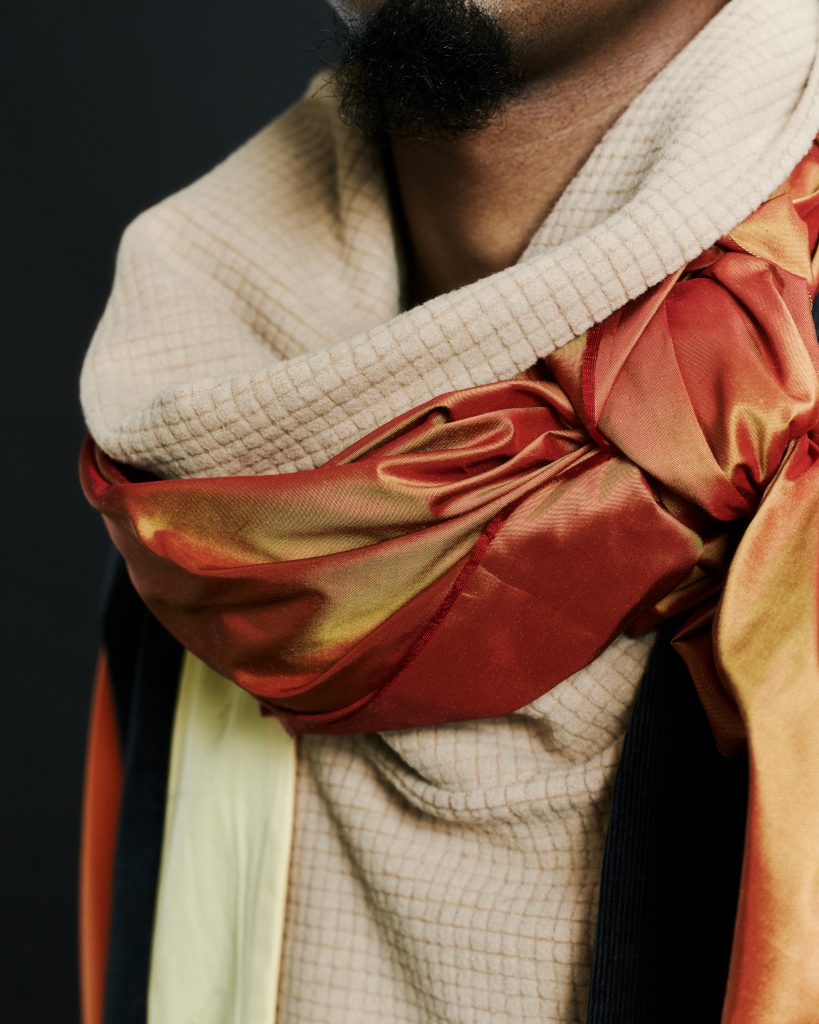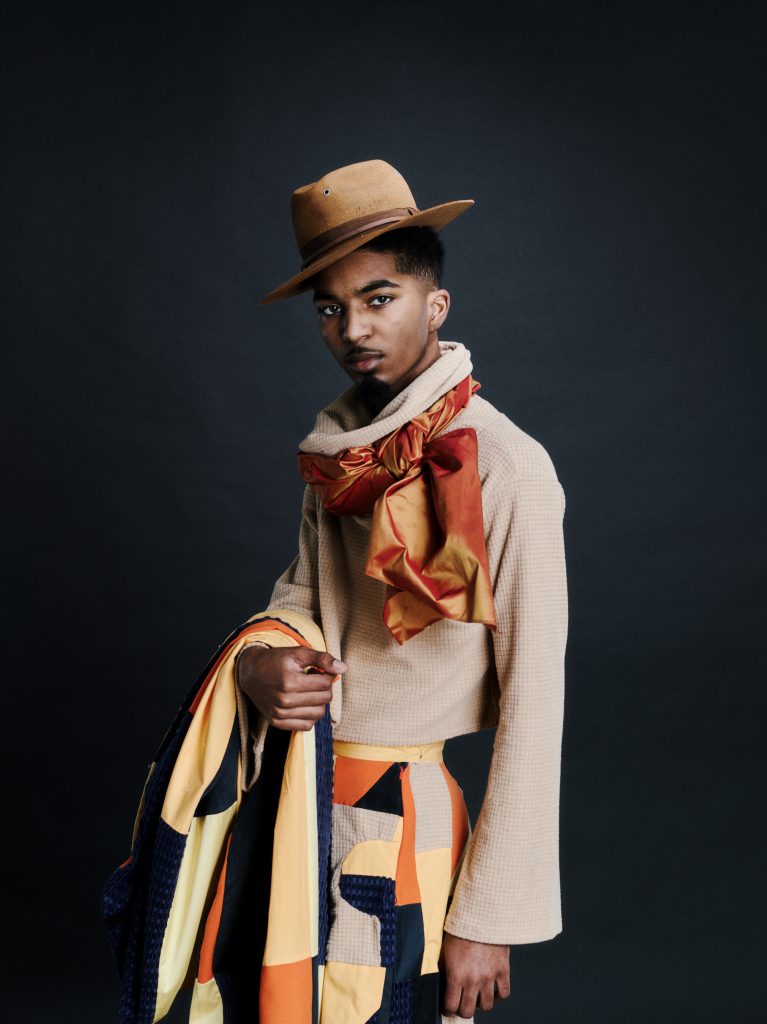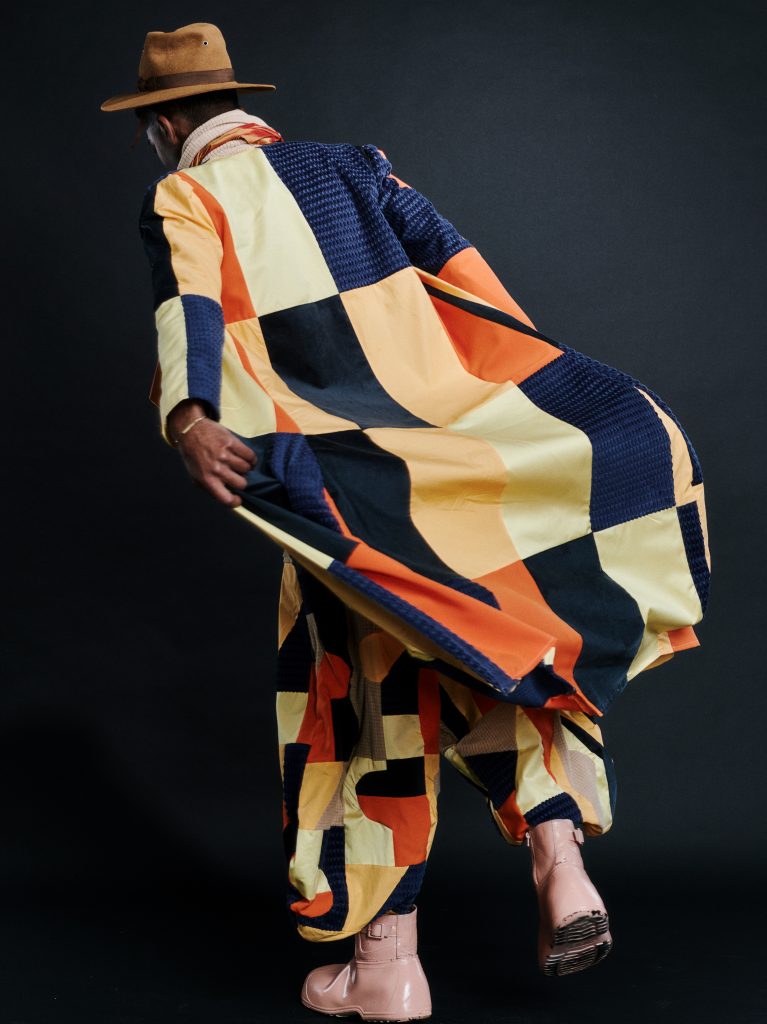Third-year fashion student from London highlights gender and individualism through her designs
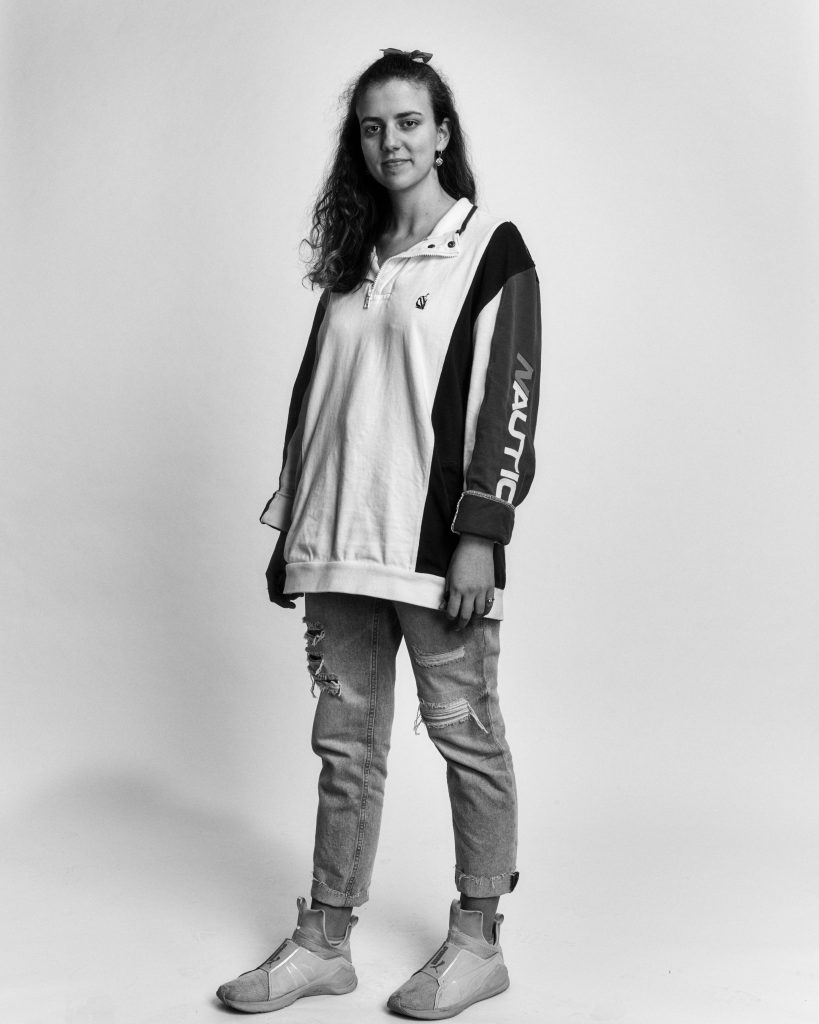
Anna Maria Brady said she feels closer to the customer when she designs clothes that can have an impact on the person’s life. Brady’s main goal is to get the message across through her garments — her own special connection between herself, her garments and the people who wear them.
The Connector: Why did you decide to create a unisex garment?
Brady: Because I have always been drawn to both genders, female and male, but when I put them together I am able to enter that concept. Also, I don’t have to think about making exceptions with each of these, so it gives me a lot of freedom when creating garments.
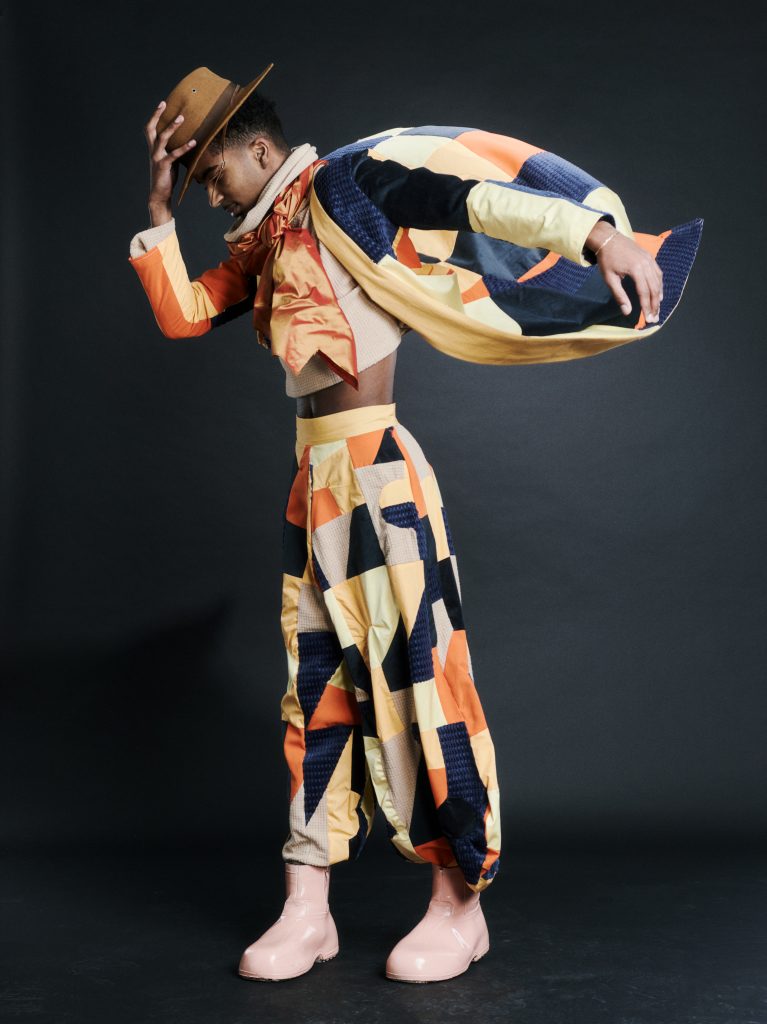
The Connector: What are your visions towards fashion that made you lean towards a unisex outfit?
Brady: I switched to menswear one quarter. I got excited and inspired, but then that left. Later, I read an article in Vogue, an old one, with Gigi Hadid and Zayn Malik when they were together. Both were wearing gender-fluid garments, and the article was about that. This was more inspiring than menswear. Also, with the way the fashion industry is moving, I wanted to get involved with this unisex trend and I ended up loving it.
The Connector: What is the inspiration and meaning behind your unisex look?
Brady: It’s how quilting was this traditional technology that was very important in the American culture and it was for women. But, it wasn’t considered art history because females were the only ones who dominated it. Though recently, it has been accepted to an art history museum and because of that, I wanted to expose this type of technique. I wanted to put quilting in a unisex content where I was able to explore what it was and later develop the idea of marrying textiles with art history and this resulted in a union of both genders.
The Connector: What are the components of this garment?
Brady: There is a long coat, turtleneck and trousers, which all have areas of extreme volume that allow for interesting movements. Whenever I design, I think in 4D components and how they move and the way they will react. I don’t think much about the type of aesthetic or how it seems when you’re standing up.
The Connector: On your fabric manipulation’s construction, is there any meaning behind it?
Brady: It’s patchwork to resemble quilting — kind of like two meanings. It not only represents the unity in both genders and the union with art and the textile industry, but in general with everything that’s happening right now. What’s currently going on with our generation and the world, the patchwork resembles bringing back humanity into fashion and bringing people together to make it all right in the world.
The Connector: I see that in your process work you included collages. What’s the process and meaning behind those?
Brady: Yes, so I used one from a print that had a male holding a baby’s butt covered in sand and wearing a tutu. Then, I cut out the shape of his shirt and put a quilting pattern behind it to get it into the collage. I did that to put a male in a female’s role and make fun of it with comedy. That was a way in which I leveled the playing field and brought down the male gender towards the female gender. This ties back to the quilting concept, because the female was going through oppression.
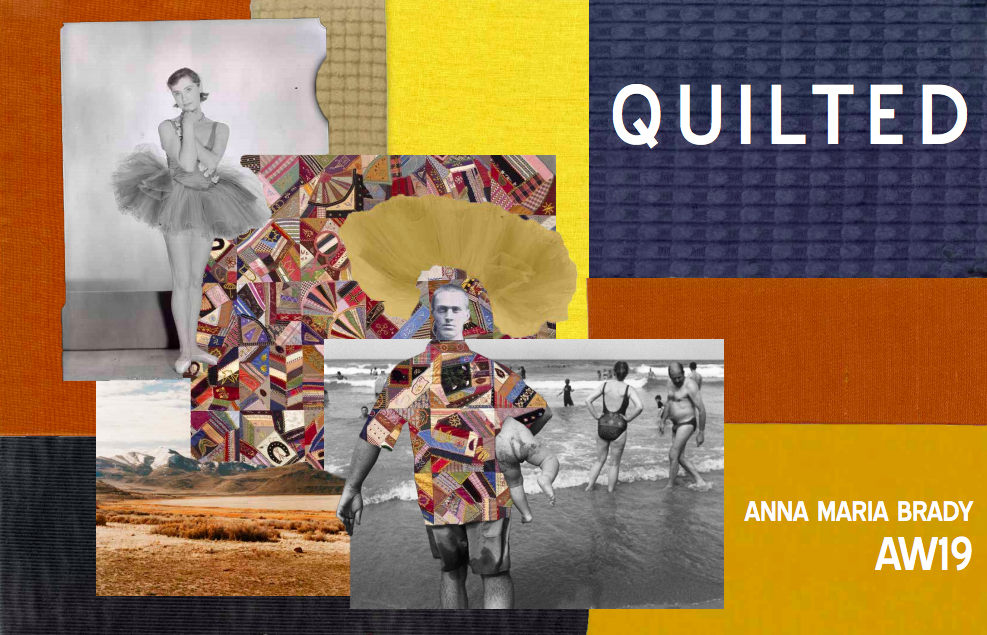
The Connector: How do you come up with these collages?
Brady: I try and take these concepts that have underlined serious tones, and I implement comedy. Something very important for me is to laugh about life because if you don’t, how can you take yourself seriously? All of my collections have that comedy element, poking at someone and making fun of them.
The Connector: Why do you consider your garment unisex?
Brady: By making zero exceptions for either body type, it’s completely inclusive. From thinking that there needs to be space in the crotch for the male and in the turtleneck to have stretch for the female. It doesn’t emphasize on one specific body type; it accepts both bodies from these genders and the garment ends up achieving that.
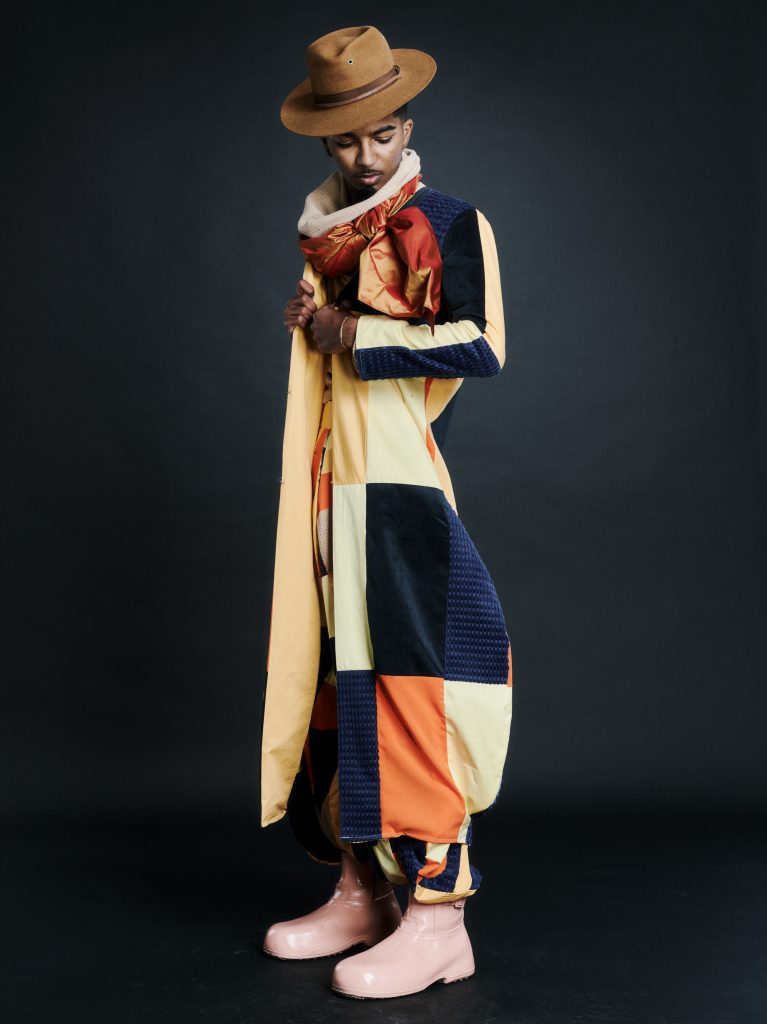
The Connector: What type of customer do you envision wearing your clothes?
Brady: Someone who is very confident in the aesthetic and doesn’t care about being unique but strives for individualism. Someone who is not loud but enjoys life and likes to make the most out of every situation, that’s also the reason I use bright colors. The type of colors I use represent the way in which I see the world, and how I want others to visualize.

























